
Hottest Place on Earth(2009)
Overview
Loading episode ratings...
This may take a moment for shows with many seasons.
No imageSeason 1
3 episodes • 2009
Season 1
3 episodes • 2009
| # | Episode | Air Date | Rating |
|---|---|---|---|
| 1 | Episode 1 | Jan 1, 2009 | 0.0 |
| 2 | Episode 2 | Jan 2, 2009 | 0.0 |
| 3 | Episode 3 | Jan 3, 2009 | 0.0 |
Related Shows

Africa's Deadliest
2011Africa is a land sculpted by time where animals have evolved complex weapons to arm them in the battle to live another day. An elephant's tusks can defend, or attack. An octopus uses camouflage to find food, or hide from an enemy. A Cape Fur Seal's speed and agility are valuable tools to catch a penguin, but ineffectual against a Great White Shark. A single hippopotamus holds a pride of twelve lions at bay with his sheer bulk, but backs down when faced with the piercing teeth of another hippo. With lethal weapons wielded by fearsome predators and prey, animals walk a precarious path, here among Africa's Deadliest.
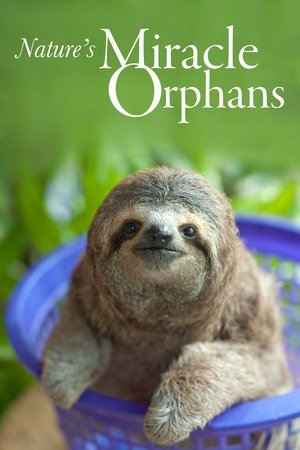
Nature's Miracle Orphans
2014The first months of an animal's life are crucial - if they lose their mothers, they'll need help. Meet the wild orphans getting a second chance, and those devoted to saving them.

See It Now
1951See It Now is an American newsmagazine and documentary series broadcast by CBS from 1951 to 1958. It was created by Edward R. Murrow and Fred W. Friendly, Murrow being the host of the show. From 1952 to 1957, See It Now won four Emmy Awards and was nominated three other times. It also won a 1952 Peabody Award, which cited its
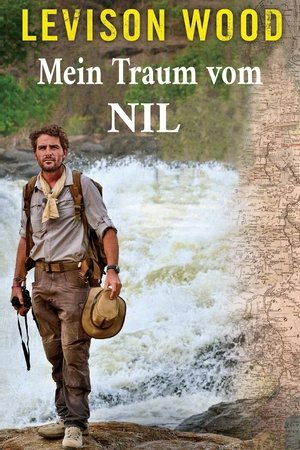
Walking the Nile
2015Explorer Levison Wood sets out on a nine-month walk along the length of the River Nile, visiting rainforests, deserts, cities and war zones, and encountering modern Africa, its people and its wildlife.
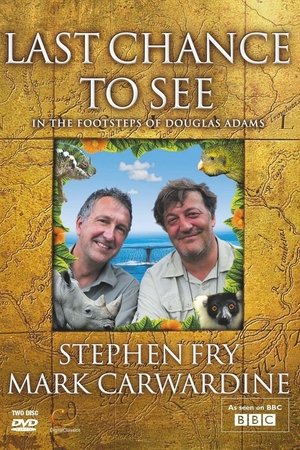
Last Chance to See
2009A follow-up to the 1990 Radio 4 series in which the late Douglas Adams and Mark Carwardine travelled around the world in search of endangered species. 20 years later Stephen Fry and Mark Carwardine go back to see what has become of the animals in two decades, and to discover what has affected their fortunes.
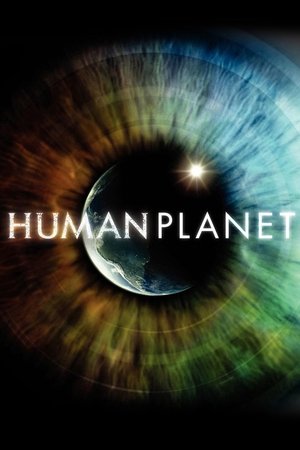
Human Planet
2011A cinematic experience bringing you the most amazing human stories in the world. Humans and wildlife surviving in the most extreme environments on Earth.

Epic Yellowstone
2019Bill Pullman introduces and narrates this four-part documentary on the world's first national park, Yellowstone.

Prehistoric Planet
2022Experience the wonders of our world like never before in this epic series from Jon Favreau and the producers of Planet Earth. Travel back 66 million years to when majestic dinosaurs and extraordinary creatures roamed the lands, seas, and skies.

The Great Canadian Wilderness
2006Explore the raw beauty and awesome natural power of the Great Canadian Wilderness - the largest untouched wilderness in the world.
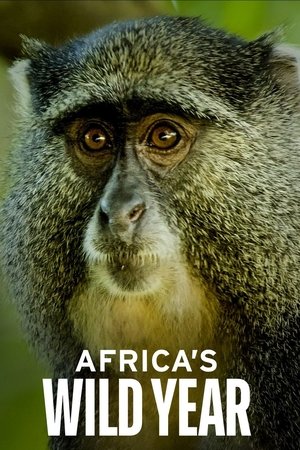
Africa's Wild Year
2021A four-part series set over a year in Africa and focuses on each season, revealing the different conditions they bring. Temperatures, rain, and light change every animal as they adapt to the new season.

Planet Earth
2006David Attenborough celebrates the amazing variety of the natural world in this epic documentary series, filmed over four years across 64 different countries.

The Secret Lives of Animals
2024Discover the clever and creative ways animals navigate life’s most extraordinary challenges, from leaving home to finding a partner.
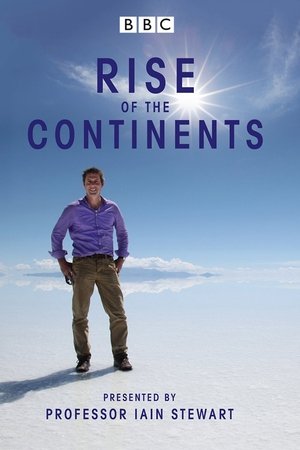
Rise of the Continents
2013The Earth’s continents are instantly recognizable. These iconic landmasses seem permanent and unchanging, yet they are merely the wreckage of a much larger long-lost supercontinent – Pangaea. In this stunning four part series Professor Iain Stewart uncovers the evidence for this ancient past. He reveals how the world around us is full of clues – in the rocks, the landscapes and even the animals. All of which tell us how the land we live on was created.

Afrique(s), une autre histoire du XXème siècle
2010No description available.

Banded Brothers: The Mongoose Mob
2010Wildlife series following the lives of the meerkat's bigger, more streetwise cousin, the banded mongoose.

Walking with Cavemen
2003Professor Robert Winston meets Lucy, the first upright ape, and follows her ancestors on the three-million-year journey to civilisation.

Kate Humble: Living with Nomads
2015When she was a child, Kate Humble wanted to be a nomad. Living in some of the world's most remote wildernesses, cheek by jowl with nature, seemed like such a wildly romantic existence.

The Bond
2022An intimate look at the unique bond between animals and humans, spotlighting these relationships in its purest forms and telling the remarkable, moving, and surprising stories of men, women, and children bonding deeply with animals that we might think of as wild.

Galapagos 3D with David Attenborough
2013David Attenborough uses pioneering 3D-techniques and technology to explore the unique environments and species of the Galapagos.

How to Grow a Planet
2012Geologist Iain Stewart explain in three stages of natural history the crucial interaction of our very planet's physiology and its unique wildlife. Biological evolution is largely driven bu adaptation to conditions such as climate, soil and irrigation, but biotopes were also shaped by wildlife changing earth's surface and climate significantly, even disregarding human activity.